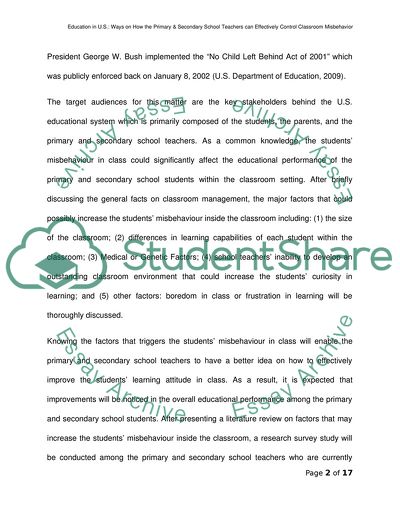Cite this document
(How the Primary & Secondary School Teachers Can Effectively Control Research Paper, n.d.)
How the Primary & Secondary School Teachers Can Effectively Control Research Paper. Retrieved from https://studentshare.org/education/1725600-education-in-usa
How the Primary & Secondary School Teachers Can Effectively Control Research Paper. Retrieved from https://studentshare.org/education/1725600-education-in-usa
(How the Primary & Secondary School Teachers Can Effectively Control Research Paper)
How the Primary & Secondary School Teachers Can Effectively Control Research Paper. https://studentshare.org/education/1725600-education-in-usa.
How the Primary & Secondary School Teachers Can Effectively Control Research Paper. https://studentshare.org/education/1725600-education-in-usa.
“How the Primary & Secondary School Teachers Can Effectively Control Research Paper”, n.d. https://studentshare.org/education/1725600-education-in-usa.


